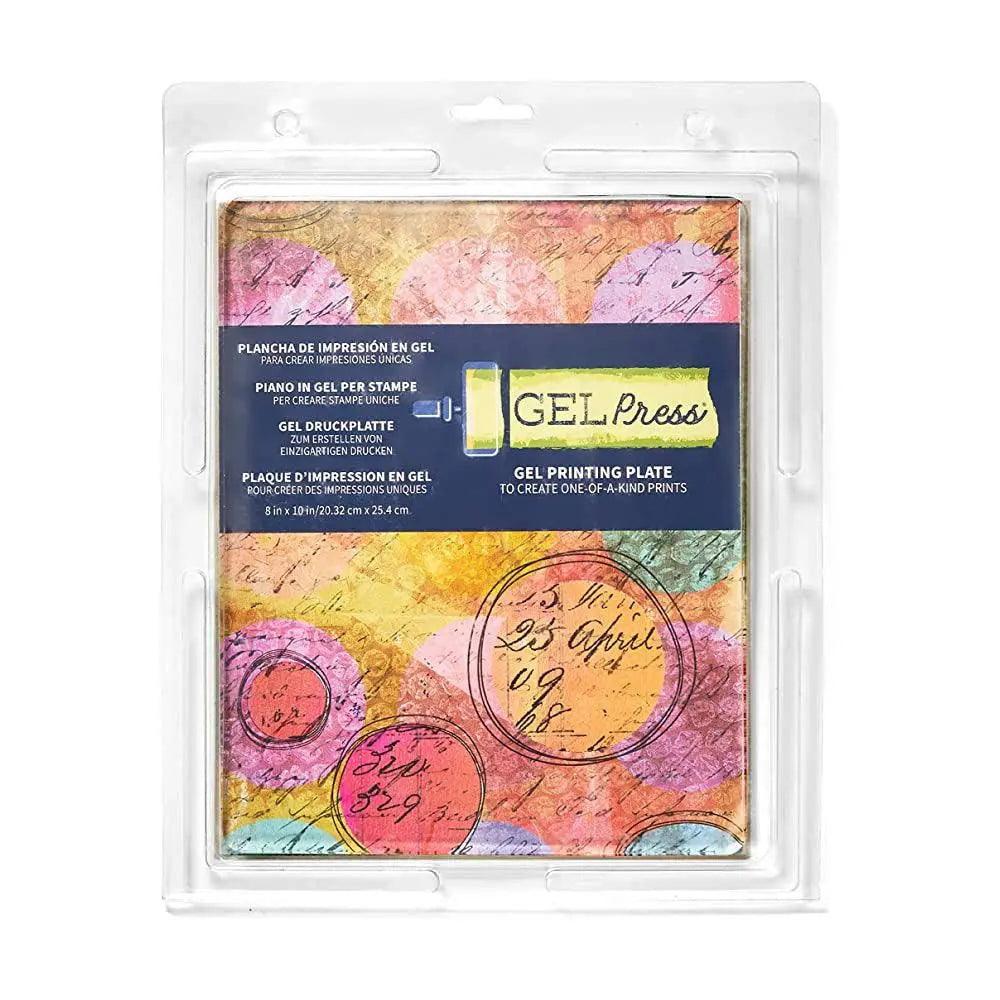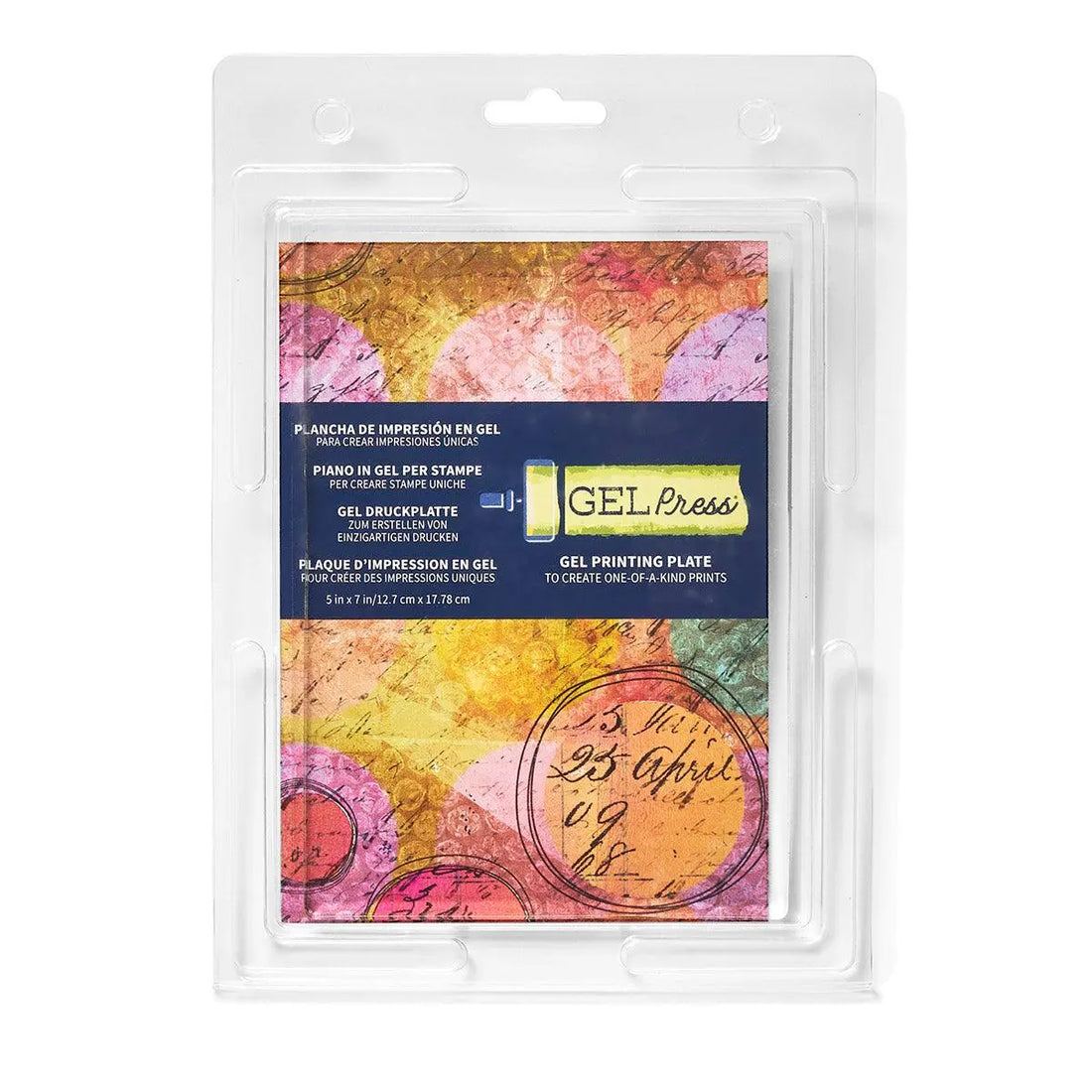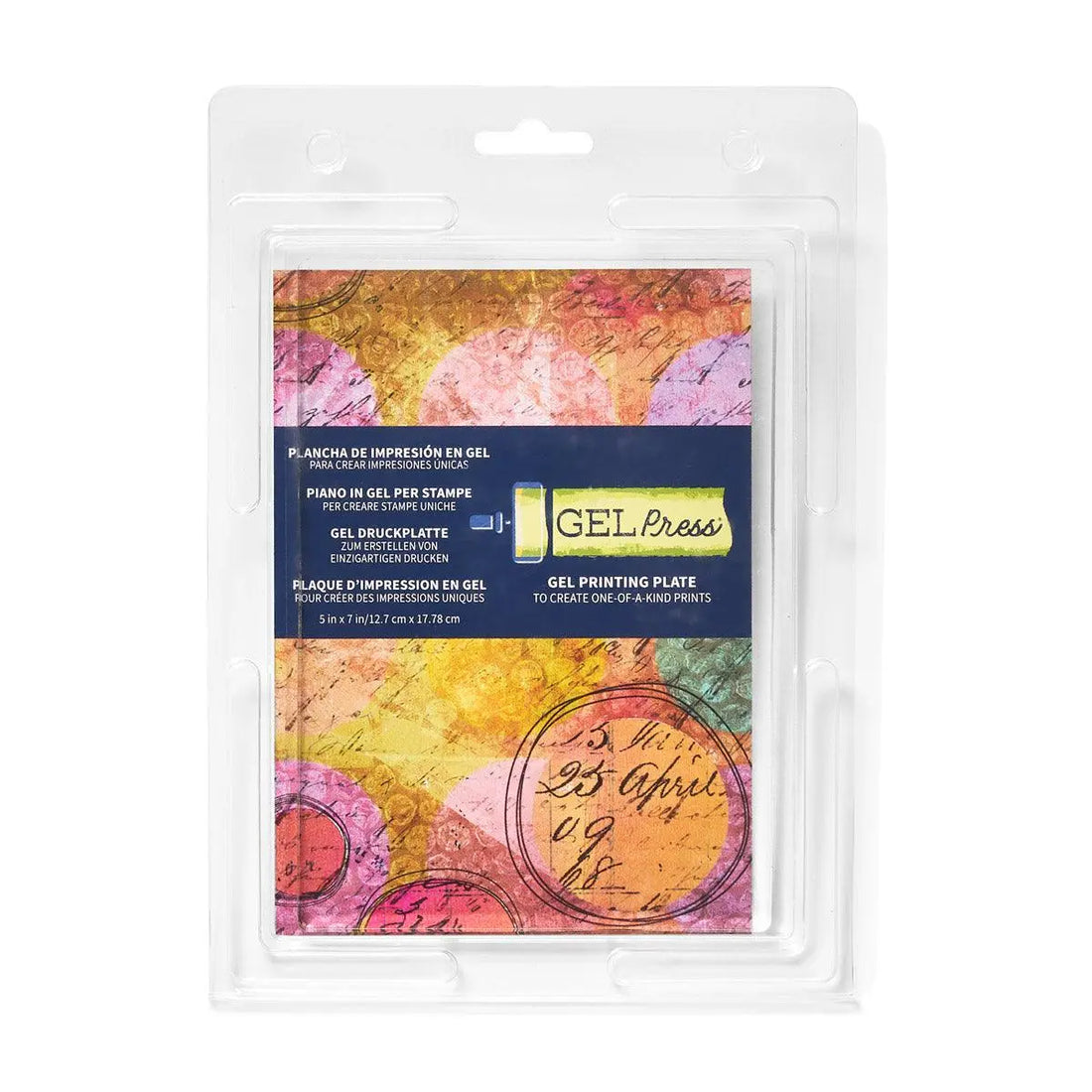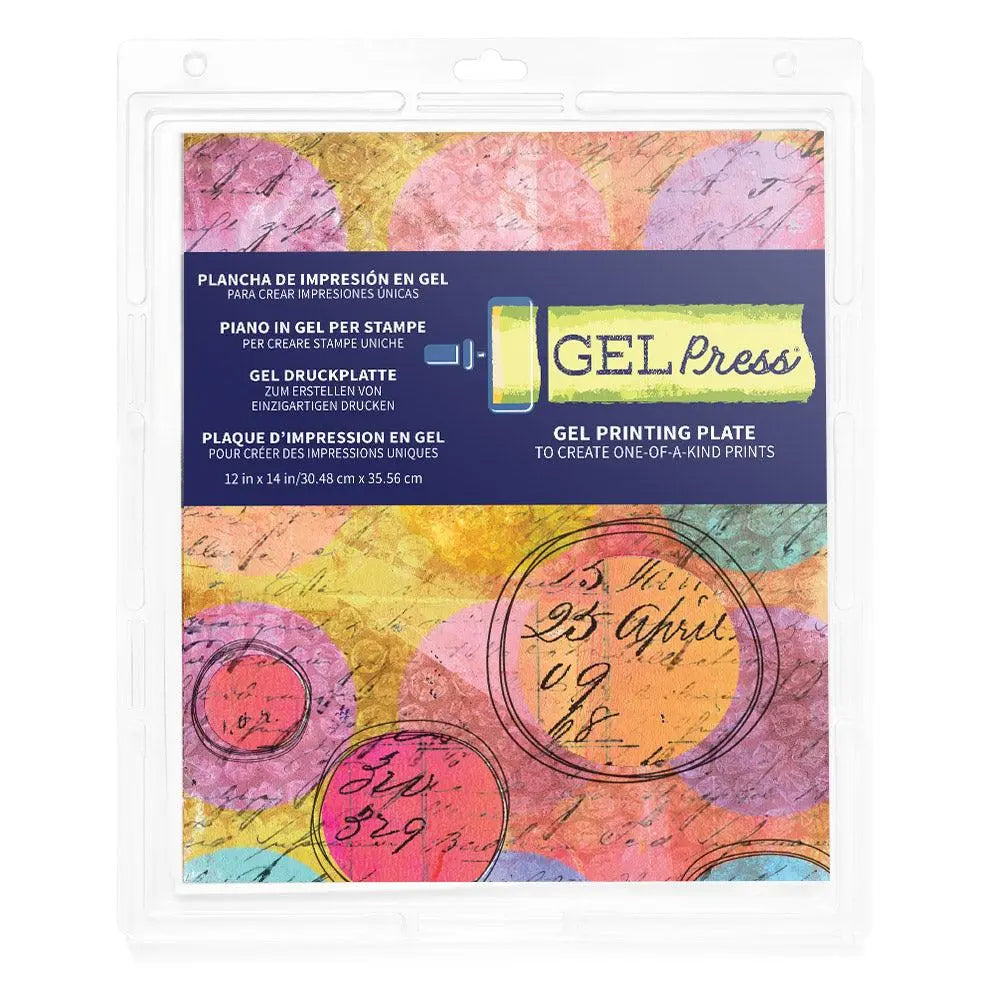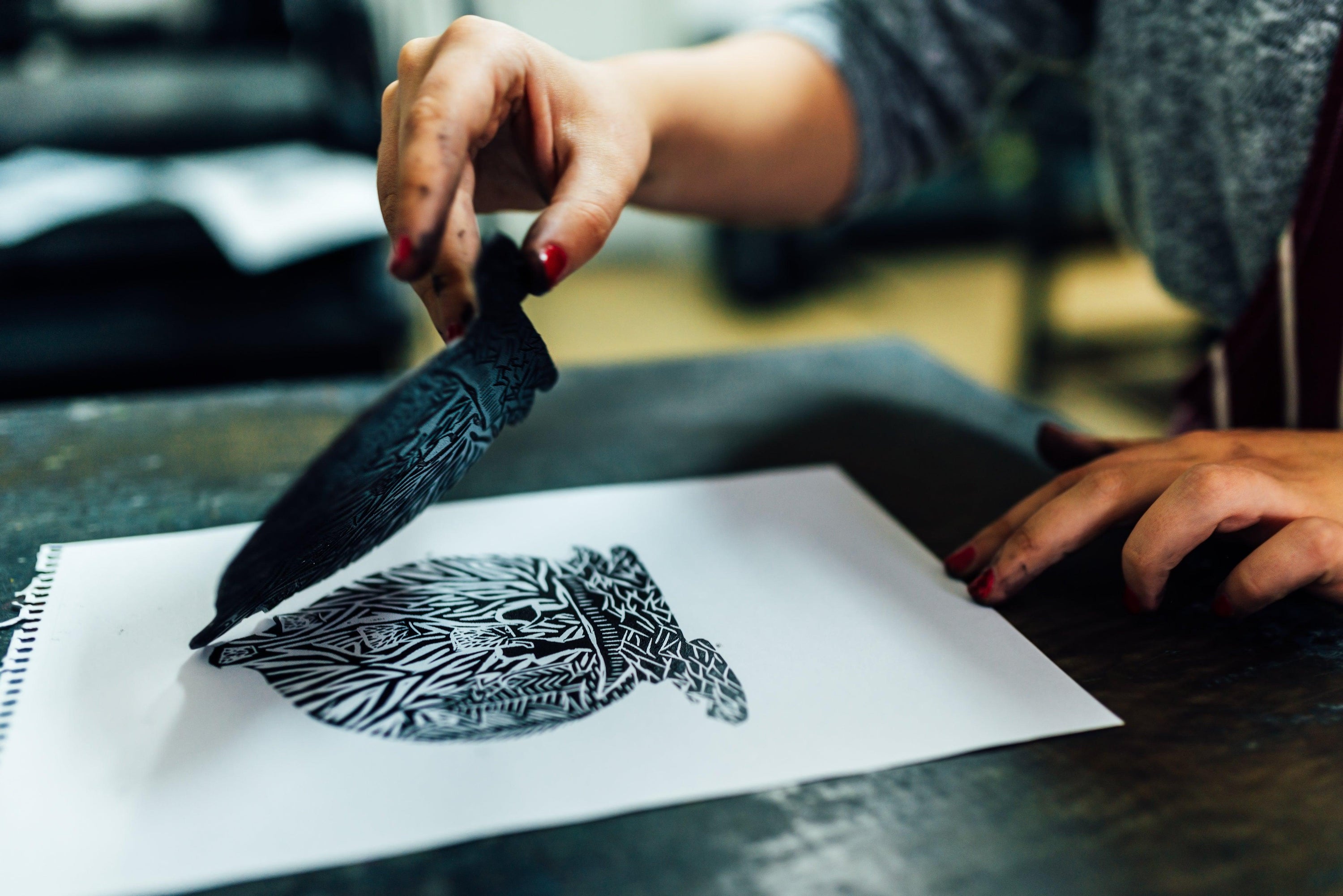
10 Types of Printmaking Every Artist Should Try
Key Highlights
- Discover the variety: Look into different printmaking methods. These include old techniques like woodcut and etching, as well as modern ones like digital and mixed media.
- Free your imagination: Every printmaking method has its special features. These let artists play with textures, lines, and colors in new ways.
- Learn about art history: Follow the growth of printmaking from its early days. See how it continues to shape art today and affects visual culture.
- Learn the process: It’s important to prepare the plate or matrix well. You must also choose the right paper and ink to make good prints.
- Welcome experimentation: Printmaking is all about trying new things. Mixing methods and testing limits can create surprising results in your artwork.
Introduction
Printmaking is a fascinating art form that includes many ways to create fine art pieces. Since the time of the printing press, artists have loved the process of moving ink from a gel plate to a surface. This method helps them make unique and interesting works of art. Whether you like the fine details of etching or the strong lines of woodcut, printmaking provides many creative chances.
Exploring the 10 Essential Printmaking Techniques for Artists
Printmaking gives artists many ways to create. Each technique has its own special qualities and ways to express ideas. You can choose from strong relief printing to the fine details of intaglio methods. There is a printmaking process that suits every artistic idea.
If you are new to printmaking or want to improve your skills, it’s important to know the details of each method. Let’s explore ten key printmaking methods that all artists should try.
1. Relief Printing: An Overview
Relief printing is one of the oldest ways to make prints. It works by adding ink to the raised parts of a carved surface. To make a relief print, artists carve away parts of a block of wood or linoleum, which leaves a raised design behind.
Next, they apply ink to the entire surface. Then, a sheet of paper is pressed against it, which transfers the inked design. Relief printing is known for its bold edges and striking look. It's simple and versatile, making it a good choice for beginners who want to start understanding printmaking.
2. Woodcut Printmaking: Tradition and Technique
Woodblock printing is a famous technique in relief printing. It has a long history that goes back many years and spans different places. This traditional printmaking process involves carving an image into a block of wood. You then cover the raised areas with ink. After that, you press a sheet of paper onto the inked surface to make a print.
Woodblock prints stand out because of their strong contrasts and unique textures from the wood grain. From the detailed ukiyo-e prints of Japan to the bold woodcuts of German Expressionism, this technique still inspires many artists today.
3. Intaglio Printing: The Art of Incision
Intaglio printing is a way of making prints. It involves carving lines into a metal plate. After that, these lines are filled with ink. The rest of the plate is cleaned, so only the carved lines hold the ink.
When this inked plate presses against paper, it transfers the image onto the paper. Intaglio printing includes methods like etching, engraving, and drypoint. These methods are known for creating fine lines, tiny details, and a range of rich tones.
4. Etching: Acidic Adventures in Art
Etching is an interesting kind of intaglio printmaking. It uses acid to make detailed designs on a metal plate. First, the plate gets a waxy layer. Then, the artist uses a sharp tool to draw on this layer. This drawing uncovers the metal underneath.
Next, the plate goes into an acid bath. The acid eats away at the exposed metal and creates grooves for holding ink. The person can change the depth and width of the lines based on how long the plate stays in the acid bath and what type of acid they use. This gives different tones and textures to the artwork.
5. Engraving: Precision and Perfection
Engraving requires great care and skill. It is a challenging but very rewarding technique. In this method, the artist uses a sharp tool called a burin. This tool makes fine lines on a metal plate, usually made of copper or zinc.
The burin cuts into the metal, removing small pieces. This creates grooves that can hold ink. Engravings are known for their clear lines and detailed designs, with elegant marks made by the artist. The process takes patience, a steady hand, and good eyesight.
6. Lithography: The Stone's Story
Lithography is a type of printmaking that is known for capturing the smooth and natural feel of drawing. In this process, an artist creates an image on the surface of the stone or a metal plate. They use a greasy medium, like a lithographic crayon or tusche.
Next, the surface is treated with a chemical solution that makes the image permanent. When ink is added, it sticks only to the greasy parts of the drawing. The other areas repel the ink and stay clean. This interesting dance between grease and water is what makes lithography special. It helps artists make prints that have beautiful tones and fine details.
7. Screen Printing: Layers and Colors
Screen printing, also called silkscreen printing, has a unique method. This technique uses a mesh screen stretched on a frame to transfer ink. A stencil is made on the screen to block areas where ink can't go.
When ink is pushed through the open parts of the mesh with a squeegee, it lands on the surface below and makes the print. Screen printing is great for bold colors and sharp edges. It can be done on different surfaces, which is why it is popular for fine art and commercial work.
8. Monotype and Monoprint: The Singular Impressions
Monotype and monoprint techniques are exciting because they can make unique prints. In monotype, the artist puts ink or paint on a smooth surface that does not soak up the ink, like a jelly plate.
Then, they place a sheet of paper over the inked surface and press down to transfer the image. Because the ink is used only once, each monotype print is different. Monoprinting is similar to monotype but lets the artist change things a bit for later prints by adding more ink or slightly changing the plate.
9. Digital Printmaking: Modern Methods
Digital printmaking offers new opportunities for artists today. It mixes old printmaking techniques with new technology. Using computers, printers, and software, artists can create and copy images easily.
This method gives artists control over color, detail, and layout. They can make digital prints on different materials, like paper, canvas, and fabric. This makes it a flexible choice for artists who want to add digital features to their work.
10. Mixed Media: Combining Techniques for Unique Results
Mixed media printmaking helps artists be creative and think outside the box. This method mixes different printmaking techniques. For example, it can combine etching with woodcut or collagraph with screen printing. By using these different ways, artists can create special textures, layers, and visuals that can't be made with just one method.
Mixed media printmaking shows the joy of trying new things. It pushes artists to move beyond old limits and welcome surprises.
Why Printmaking Is Essential for Every Artist
Printmaking is a way for artists of all levels to explore and grow. It encourages trying new ideas, helps artists understand visual language better, and opens up new chances for creativity. Working on printmaking techniques can improve any artist's skills.
When artists carve, etch, or ink a surface, they become more aware of lines, textures, and how to compose their work. Also, being in a printmaking studio where people work together can lead to great chances for learning and sharing. This collaborative atmosphere helps artists grow in their journey.
Enhancing Artistic Expression Through Printmaking
Printmaking is a special way for artists to show their creativity. It helps them share their ideas in interesting ways. Each printmaking technique has its own traits and limits. This encourages artists to change their style and try new looks.
The repeated process of printmaking lets artists play with different versions of one image. This can lead to series and editions that show fine details and depth. In the end, printmaking is a strong tool for artists. It helps them express their ideas, feelings, and views through real, repeatable works of art.
Printmaking's Role in Art History and Contemporary Practice
Since it started in the 15th century, printmaking has been very important in art history and has changed visual culture. It helped share religious images during the Renaissance. It also provided strong messages about society in the 19th and 20th centuries. This medium has been used for communication, recording history, and promoting social change.
Today, printmaking is still active in modern art. Artists now push boundaries, try out new technologies, and see what they can express with this flexible medium. Printmaking's lasting impact shows how it can change, innovate, and stay important in a world where art is always changing.
The Process Behind the Print: A Closer Look
Making a good print takes a lot of careful work and a good knowledge of the method you choose. Each method has its own steps, but some basic steps are the same for all types of printmaking.
Let’s look at two important parts of this art process: getting the plate or matrix ready and understanding why picking the right paper is key for great results.
Preparing the Plate or Matrix
Preparing the plate, or the matrix, is an important step in printmaking. It helps create a good print. Whether you are using a woodblock, metal plate, gell plate or silkscreen, the surface of the matrix must be prepared well. This way, the image will stick and the ink will apply correctly.
For relief printing methods like woodcut or linocut, you need to smooth the surface of the block. It is also important to make sure it is strong. In intaglio techniques, such as etching, the plate needs to be cleaned thoroughly. You also need to apply a ground and carefully etch the image. In lithography, the surface of the stone needs grinding and special treatments. This makes the surface even so it can hold the greasy drawing medium well.
The Importance of Choosing the Right Paper
Choosing the right paper is very important for both the result and the look of a print. Different papers have their own traits, like weight, texture, and absorbency. These traits can change how the ink sits on the paper and how well it shows the details of the printing plate.
Smooth paper usually gives sharper and clearer lines. On the other hand, textured paper can make the print look softer and more like a painting. The thickness of the paper is also important, especially for techniques that need a lot of pressure. Thinner papers might tear or get damaged. By looking closely at what you need for your printmaking technique and the look you want for your final print, you can choose the best paper for your project.
Navigating Challenges in Printmaking
Printmaking can be very rewarding, but it also has its challenges. You might face some technical issues that need problem-solving skills and creativity. Learning the details of each printmaking technique takes time, effort, and the ability to learn from both wins and mistakes.
The good news is that there are many resources and a helpful community of printmakers to support artists on their journey.
Overcoming Technical Difficulties
Technical problems are common in printmaking. They often need knowledge, a good sense, and a bit of creativity to fix. Ink might not stick well, lines can blur, or using too much or too little pressure can lead to an uneven print.
Fixing these problems usually means looking closely at each step of the printmaking process. This includes preparing the matrix and choosing the right ink and paper. Often, it's just a small change in technique that can help, like changing the thickness of the ink or adjusting the drying time.
Solutions for Common Printmaking Problems
Common printmaking problems usually have easy fixes. If you have uneven ink coverage, check that your ink is spread out evenly on the roller or brush. Also, think about how absorbent the paper is. To avoid air bubbles in the resulting print, smooth the paper carefully on the inked surface.
If your print doesn't line up right, this is a register issue. You might need to adjust the registration system or use a jig to hold the paper steady. Remember, the best way to handle problems is to think creatively and be ready to try different things until you get the result you want in your print.
Conclusion
In conclusion, looking at the different printmaking techniques can really boost an artist's creativity and skills. Traditional methods such as woodcut and intaglio offer unique ways to express art. Even modern digital printmaking adds to this creative journey. By trying printmaking, you not only improve your skills but also link to a deep artistic history. Facing challenges in printmaking helps you grow and become stronger in your art. So, enjoy the process. Try out different techniques. Let your creativity flow onto paper or canvas. Dive into printmaking and let your imagination take flight!
Frequently Asked Questions
What basic materials do I need to start printmaking?
To begin printmaking, you need some basic materials. These are a printing plate or block, which can be wood, linoleum, or even a Styrofoam sheet for beginners. You will also need carving tools, ink (either water-based or oil-based), a brayer (roller), paper, and a surface to roll out the ink. One popular method to start with is relief printing, like linocut. This method is simple and easy to access.
How can I incorporate printmaking into my current artistic practice?
Using printmaking can bring something new to your art. You can use prints as layers in mixed media works. You can also create patterns on your existing pieces. Another idea is to explore limited edition prints made from your original designs. Try out different methods and see what fits your style best.
What are some common mistakes beginners make in printmaking?
Beginners often find it hard to get the right ink thickness, keep even pressure while printing, and align prints for multi-color jobs. Don’t lose hope! Printmaking has its challenges. Practice is important to improve these skills.
Can digital printmaking techniques be considered authentic art forms?
Digital printmaking techniques are real art forms. They are creative and valid just like traditional methods. These methods need artistic skill and a clear purpose. You also need to understand digital tools to create unique and interesting works.


